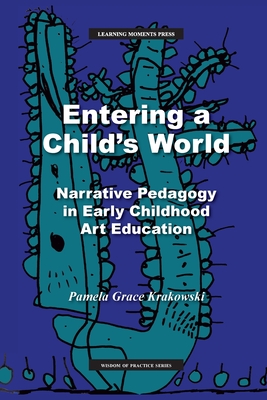
Krakowski, Pamela Grace
product information
description
les of artist Alexander Calder, Pamela Krakowski explores the challenges of balancing her normative and narrative pedagogical aims. As Dr. Krakowski recounts, "When I first began thinking about normative and narrative pedagogies, I bordered on presenting a false dichotomy between the two. Over time, however, I began to see a dynamic tension between them, because I value both the narrative and the normative. What my students have to say is important, and I have a body of knowledge, skills, and concepts that I believe are important for them to learn."
Throughout the book, Dr. Krakowski explores narrative sensibilities that allow her to listen to her students' thoughts, feelings, interests, and concerns. With curiosity, caring, and respect, she is able to enter the children's worlds of imagination and play, interweaving lessons of art and art-making into what matters most to her young students.
The book explores teaching art in both the classroom and museum setting and in a year-long collaboration with a science teacher.
,
member goods
No member items were found under this heading.
Return Policy
All sales are final
Shipping
No special shipping considerations available.
Shipping fees determined at checkout.







